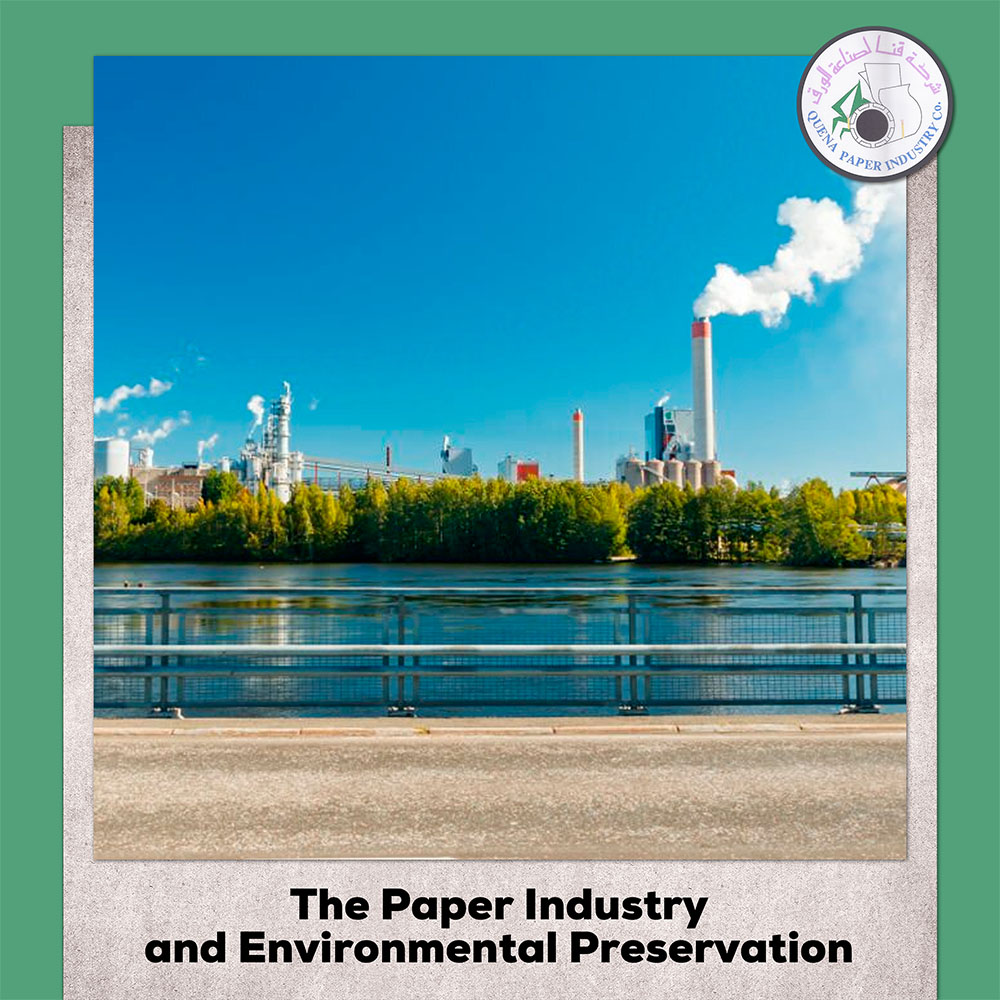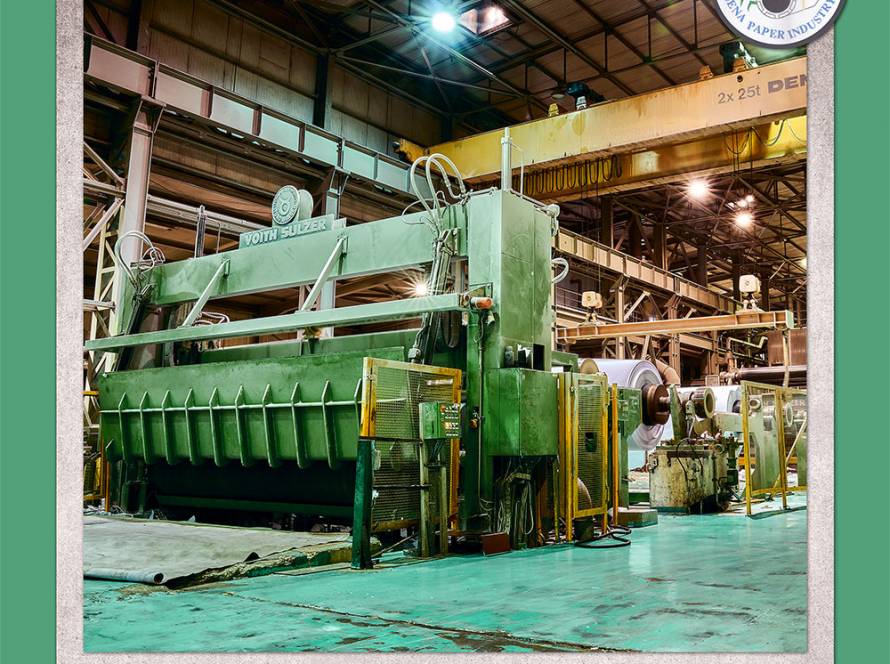The Paper Industry and Environmental Preservation: Balancing Sustainability and Innovation
The paper industry plays a pivotal role in our daily lives, providing us with essential materials for communication, education, packaging, and numerous other applications. However, this vital industry has also faced scrutiny due to its environmental impact.
As concerns about climate change and resource depletion grow, the need for sustainable practices in the paper industry becomes more pressing.
In this article, we will explore how the paper industry is embracing environmental preservation through sustainable paper production, recycling initiatives, and eco-friendly innovations. We will also delve into the significance of responsible sourcing, water and energy efficiency, and waste reduction strategies in advancing sustainable papermaking processes.
The Paper Industry and Environmental Preservation: An Overview
The paper industry has been a part of human history for centuries, and its growth has surged with modern technology and industrialization. However, this growth has come at a cost to the environment. The excessive consumption of raw materials, energy, and water, as well as the generation of paper waste, has raised environmental concerns.
The delicate balance between meeting the demand for paper products and safeguarding the environment has become a pressing challenge for the paper industry. As a response to these challenges, a growing emphasis is being placed on environmental preservation, leading to transformative changes in the way paper is produced, used, and recycled.
Sustainable Paper Production: Balancing Industry Needs and Environmental Concerns
To address these concerns, the paper industry is increasingly adopting sustainable practices. Sustainable paper production involves striking a balance between fulfilling industry needs and minimizing environmental impact. It starts with responsible tree harvesting and sourcing of raw materials. Fostering sustainable forestry practices ensures the replenishment of the resources used in papermaking.
Fostering Sustainable Forestry: Importance of Responsible Tree Harvesting
Sustainable forestry involves responsible tree harvesting, where trees are selectively cut and replaced with new plantings. This approach prevents deforestation and promotes biodiversity conservation in forested areas. By managing forests responsibly, the paper industry can ensure the continued availability of raw materials without compromising the health of our ecosystems.
Forest Certification Programs: Ensuring Sustainable Paper Sourcing
Forest certification programs, such as the Forest Stewardship Council (FSC), play a crucial role in ensuring sustainable paper sourcing. These certifications provide assurance that paper products come from responsibly managed forests. By choosing FSC-certified paper products, consumers can support sustainable practices and responsible forest management.
Recycling in the Paper Industry: Closing the Loop on Paper Waste
Another significant aspect of environmental preservation in the paper industry is recycling. Paper is one of the most recycled materials globally, and the industry is continuously striving to improve recycling rates. The recycling process helps reduce the demand for new raw materials and diverts paper waste from landfills.
Efficient Paper Waste Management: Maximizing Recycling and Repurposing
Efficient paper waste management involves maximizing recycling and repurposing of paper products. Recycling not only reduces the demand for raw materials but also saves energy and reduces greenhouse gas emissions. Through innovative recycling processes, the paper industry is finding creative ways to give new life to used paper.
Advancements in Paper Recycling Technologies: Enhancing Resource Efficiency
Advancements in paper recycling technologies have played a crucial role in enhancing resource efficiency. Innovations in deinking processes and paper pulping techniques have enabled the recycling of a broader range of paper products. These technologies contribute to reducing the environmental impact of the paper industry.
Embracing Eco-Friendly Practices: Green Innovations in Paper Manufacturing
In recent years, the paper industry has seen a surge in green innovations aimed at reducing its environmental footprint. Manufacturers are developing eco-friendly alternatives to traditional paper products and adopting greener practices in their production processes.
The Role of Biodegradable Paper Products in Environmental Preservation
Biodegradable paper products, made from renewable resources like bamboo or bagasse, are gaining popularity as an eco-friendly alternative to traditional paper. These products break down naturally, reducing their impact on landfills and the environment.
Eco-Labeling: Identifying Environmentally Friendly Paper Choices
Eco-labeling helps consumers identify environmentally friendly paper products. Labels such as the “Green Seal” and “EcoLogo” assure consumers of a product’s eco-friendly attributes. By looking for these labels, consumers can make informed choices that align with their commitment to environmental preservation.
Water and Energy Efficiency: Advancing Sustainable Papermaking Processes
The paper industry is also focusing on improving water and energy efficiency to reduce its environmental impact.
Water Conservation Strategies in Papermaking Facilities
Water conservation strategies, such as closed-loop water systems and water reuse, help minimize water usage in papermaking facilities. These practices ensure that water resources are used efficiently, reducing the industry’s overall water footprint.
Carbon Reduction Initiatives: Lowering Greenhouse Gas Emissions
Paper mills are implementing carbon reduction initiatives to lower their greenhouse gas emissions. Adopting cleaner energy sources and optimizing production processes contribute to carbon footprint reduction. These efforts align with global goals to combat climate change and limit the industry’s impact on the environment.
Circular Economy in Paper: Rethinking the Life Cycle of Paper Products
Transitioning to a circular economy is another significant step toward environmental preservation in the paper industry. A circular economy seeks to minimize waste and maximize the reuse and recycling of materials.
Waste Reduction Practices: Minimizing Environmental Impact
By implementing waste reduction practices, such as waste-to-energy programs and repurposing by-products, the paper industry is minimizing its environmental impact. These practices contribute to the responsible management of waste and reduce the industry’s contribution to landfills.
Pollution Control Measures in Paper Manufacturing Processes
Stringent pollution control measures are being implemented in paper manufacturing processes to minimize air and water pollution. By monitoring emissions and implementing technologies to capture pollutants, the industry is taking steps to protect air and water quality.
The Significance of FSC-Certified Paper in Supporting Sustainable Practices
The use of FSC-certified paper is on the rise as consumers seek eco-friendly alternatives and businesses commit to sustainable sourcing. FSC certification ensures that paper comes from responsibly managed forests, promoting the preservation of natural resources.
Life Cycle Analysis of Paper Products: Understanding Environmental Footprints
Life cycle analysis helps assess the environmental impact of paper products throughout their entire life cycle, from raw materials to end-of-life disposal. By understanding the environmental footprint of paper products, the industry can identify opportunities for improvement and make more informed decisions.
The paper industry is undergoing a significant transformation, driven by the urgent need for environmental preservation. Through sustainable paper production, recycling initiatives, and eco-friendly innovations, the industry is striving to reduce its environmental footprint and embrace responsible practices.
By adopting efficient waste management strategies, water and energy conservation techniques, and responsible sourcing, the paper industry is moving closer to a more sustainable and eco-friendly future.
As consumers, we can also contribute to environmental preservation by choosing FSC-certified paper products and participating in recycling programs.
Together, we can ensure that the paper industry remains a vital part of our lives while safeguarding the environment for future generations. With continued dedication to sustainability and innovation, the paper industry can play a crucial role in protecting our planet for generations to come.



